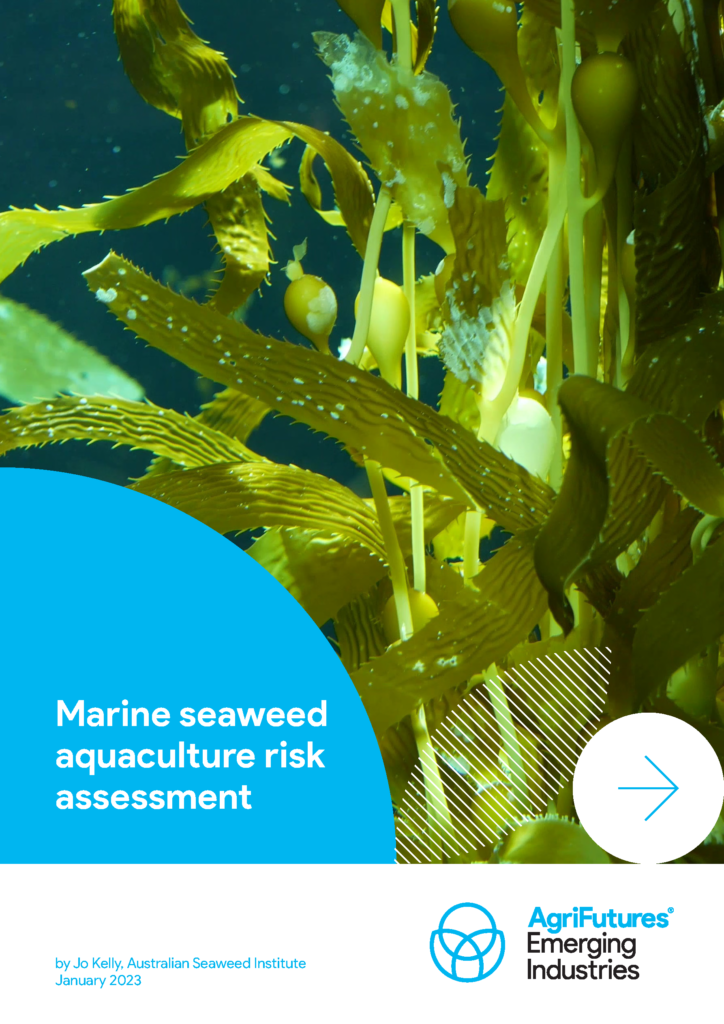Australian Seaweed Industry Blueprint - A Blueprint for Growth
Australia has the skill set to develop both seaweed cultivating and harvesting industries. But a key challenge is the development of commercially focused research, development...

36 pages
Published: 23 Feb 2023
Author(s): Jo Kelly
ISBN: 978-1-76053-355-7
Download report PDF
DownloadPurchase a hard copy - AUD $50
The emerging Australian seaweed industry has an opportunity to achieve $100 million gross value of production by 2025. Seaweed farming has the potential to contribute significantly to Australia’s sustainable development agenda through job creation and reduction in methane emissions of seaweed-fed livestock, and address United Nations Sustainable Development Goals 2 (Zero Hunger), 8 (Decent Work and Economic Growth), 9 (Industry, Innovation, and Infrastructure), 12 (Sustainable Production and Consumption) and 15 (Life on Land). But for this to occur, environmental and social risks associated with seaweed production need to be recognised and mitigated.
This project developed a risk assessment for a hypothetical seaweed farm that assesses the risks to, and benefits for, ecosystems and communities. The example risk assessment uses the National Ecologically Sustainable Development Framework: The ‘How To’ Guide for Aquaculture, as a framework.
It is intended this risk assessment tool for seaweed aquaculture will be used as a guide for new seaweed project developers and aquaculture regulators to assist with assessing risks and informing management measures for marine seaweed farms.